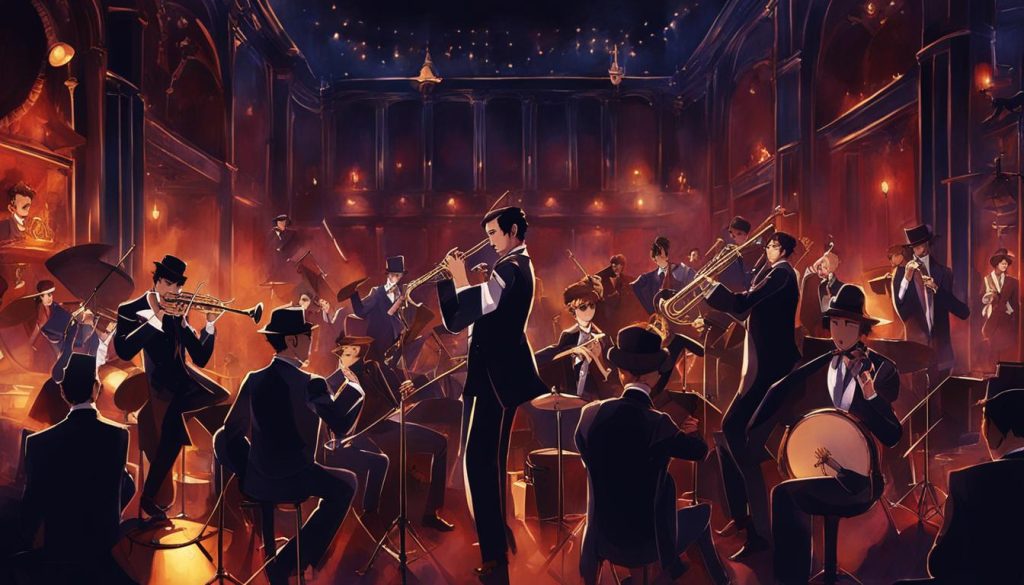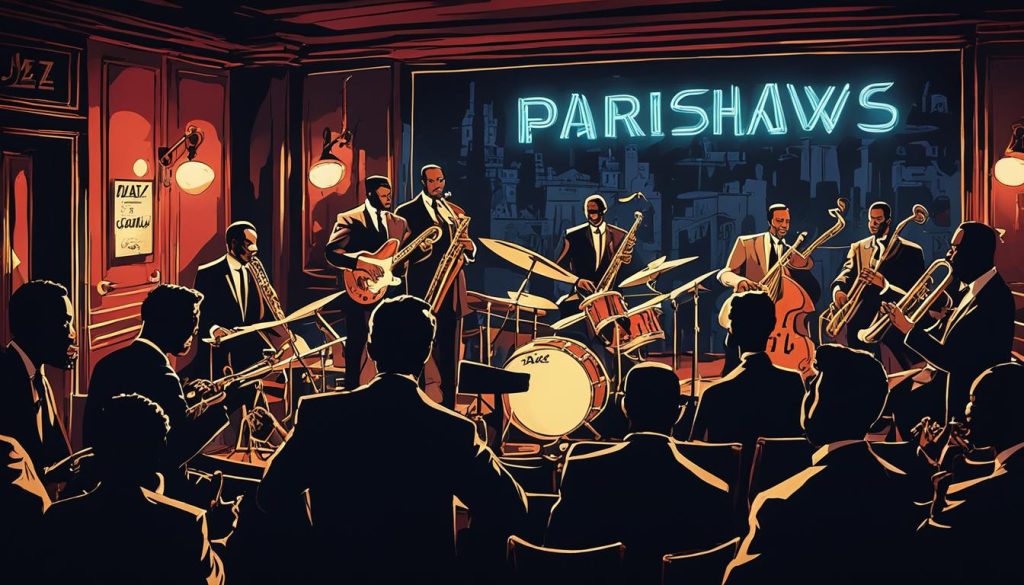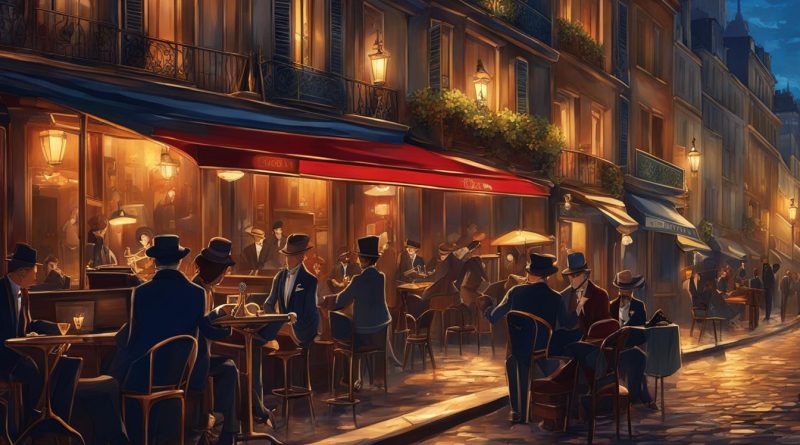Exploring the Vibrant History of Paris Blues Jazz Scene
The Paris Blues jazz scene has a rich history that spans several decades and has a cultural significance that extends beyond France. Jazz music first emerged in Paris during the early 1920s, with American expatriates introducing the genre to the city’s artistic community. From there, it rapidly grew in popularity, attracting some of the most influential jazz musicians of the era and transforming Paris into a global hub for jazz lovers.
Today, the legacy of the Paris Blues scene lives on, inspiring a new generation of jazz musicians while continuing to captivate audiences around the world.
Key Takeaways
- The Paris Blues jazz scene has a rich history that spans several decades.
- Jazz music first emerged in Paris during the early 1920s.
- The Paris Blues scene rapidly grew in popularity and attracted some of the most influential jazz musicians of the era.
- The legacy of the Paris Blues scene continues to captivate audiences around the world.
- It continues to inspire a new generation of jazz musicians.
The Birth of Paris Blues
Paris, famously known as the “City of Light,” has a long and storied history as a hub for artistic and cultural exchange. It was only a matter of time before jazz found its way onto the Parisian scene.
Early jazz musicians from America, including Sidney Bechet and Josephine Baker, migrated to Paris and brought with them the vibrant and energetic sounds of jazz. Their arrival coincided with a flowering of artistic and intellectual movements in the city, creating a perfect environment for musical innovation. The French, too, were enamored with the new music form, which became synonymous with Parisian nightlife and entertainment.
The impact of this cultural exchange between American and French artists cannot be overstated. Jazz in Paris was a new breed of music, infused with the energy and spontaneity of American improvisation and merged with the elegant and sophisticated French sensibilities. The birth of Paris Blues was a natural progression, a fusion of cultures and styles that gave birth to a new form of jazz.

Paris Blues Legends and Iconic Venues
Paris Blues scene was home to a multitude of famous jazz musicians who played and created music that still rocks the world today. Among the most legendary musicians who have performed in Paris Jazz Clubs are Josephine Baker, Sidney Bechet, and Django Reinhardt.
Josephine Baker, an American-born dancer, is known for her entertaining and soulful performances in the Paris cabarets. Baker played a significant role in introducing the Charleston to the Parisian public, which became the most popular jazz dance in Paris during the 1920s.
A French clarinet and the saxophonist Sidney Bechet was one of the first musicians who introduced jazz music to the heart of Paris. In 1919, he started a band with pianist and composer Claude Debussy, blending French and American jazz to create a unique and magical sound recognized around the world.
Django Reinhardt, a Romani-Belgian guitarist and composer, was influential and innovative in the Paris Blues scene. Despite being left disabled in both hands in a fire, Django created a new form of jazz guitar playing style that drew inspiration from Gypsy and European music.
Paris Jazz Clubs are another major part of the Paris Blues scene’s rich history. Parisian venues like Le Chat Noir and Le Caveau de la Huchette were the first clubs to feature jazz music and remain popular spots for jazz lovers today. Le Caveau de la Huchette, established in 1949, is one of the oldest Parisian jazz clubs still in operation today. It was featured in the 1987 film “Round Midnight,” co-produced by jazz legend Herbie Hancock.

As the Paris Blues scene evolved, new clubs emerged, such as the New Morning and Duc des Lombards. These venues keep the spirit of jazz alive with regular concerts and performances by today’s top jazz performers.
Conclusion
In conclusion, the Paris Blues jazz scene remains a vital part of the city’s cultural heritage. Its origins and development were shaped by the migration of American jazz musicians to Paris and their interactions with local artists. This cultural exchange led to the birth of a vibrant jazz scene that produced legendary musicians and iconic venues.
The enduring legacy of the Paris Blues jazz scene is a testament to the power of music to bring people together and transcend cultural boundaries. Its influence can be seen in the broader music landscape, as jazz continues to be celebrated across the world.
As Paris continues to evolve and change, the Paris Blues jazz scene remains a vital part of the city’s identity and a source of inspiration for musicians and music lovers alike.
FAQ
What is the history behind the Paris Blues jazz scene?
The Paris Blues jazz scene has a rich and vibrant history. It originated from the cultural exchange between American jazz musicians and local artists in Paris. This fusion of musical styles and the emergence of iconic venues contributed to the thriving jazz culture in the city.
Who were some of the influential jazz musicians in the Paris Blues scene?
The Paris Blues scene nurtured many legendary jazz musicians. Some notable names include Josephine Baker, Sidney Bechet, and Django Reinhardt. These artists made significant contributions to the jazz genre and left a lasting impact on the Parisian jazz scene.
Which were the iconic venues that became famous for jazz performances in Paris?
Paris was home to several iconic jazz clubs that became renowned for their vibrant jazz performances. Some of these venues include Le Chat Noir and Le Caveau de la Huchette. These establishments attracted both local and international jazz enthusiasts and became integral to the Paris Blues jazz scene.
What is the cultural significance of jazz in Paris?
Jazz holds immense cultural significance in Paris. It not only shaped the city’s music landscape but also served as a platform for cultural exchange and artistic collaboration. The Paris Blues jazz scene fostered connections between American and French artists, leading to the development of innovative jazz styles and the enrichment of the city’s cultural heritage.
